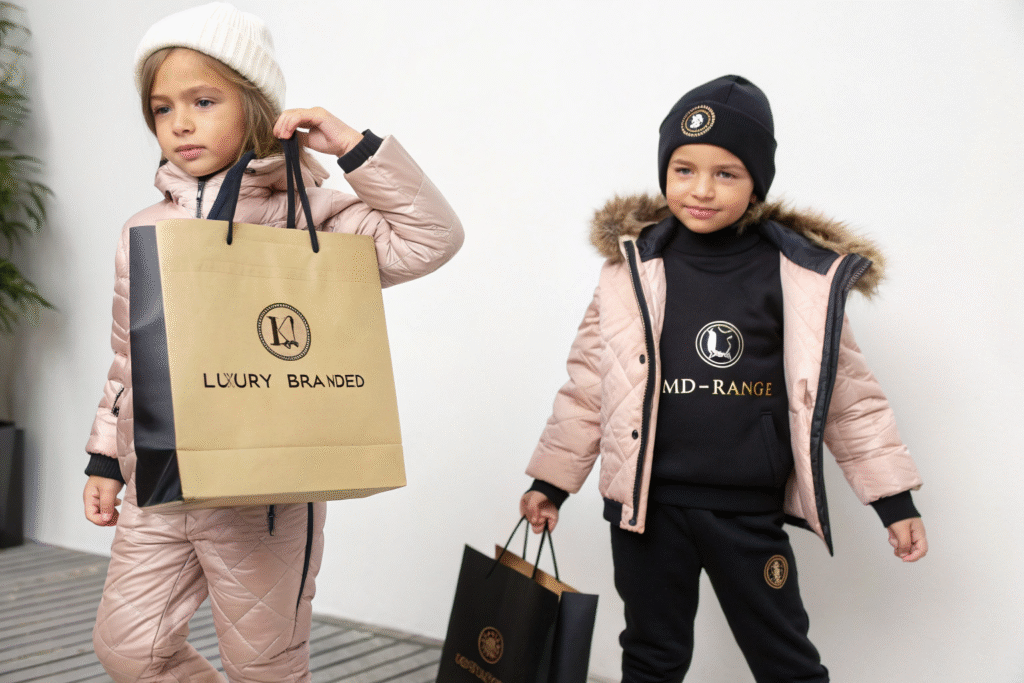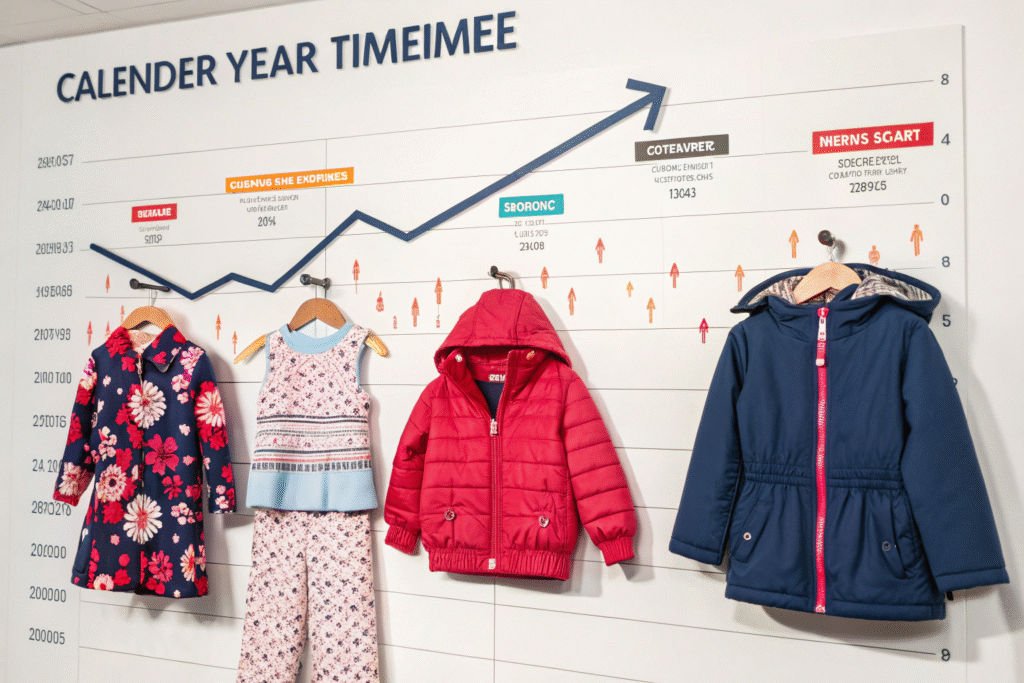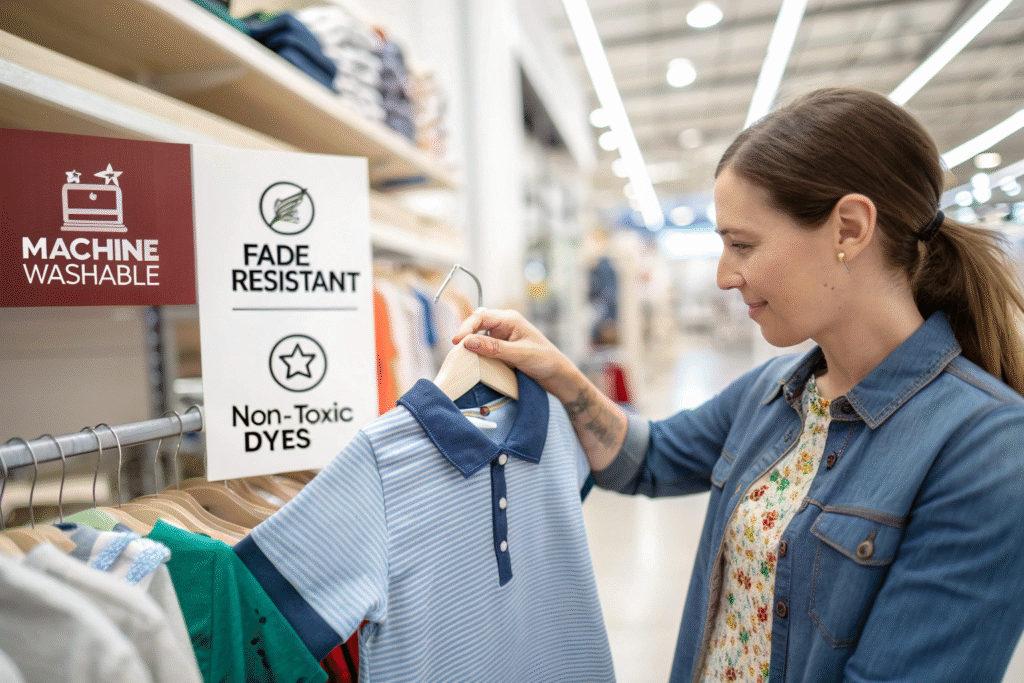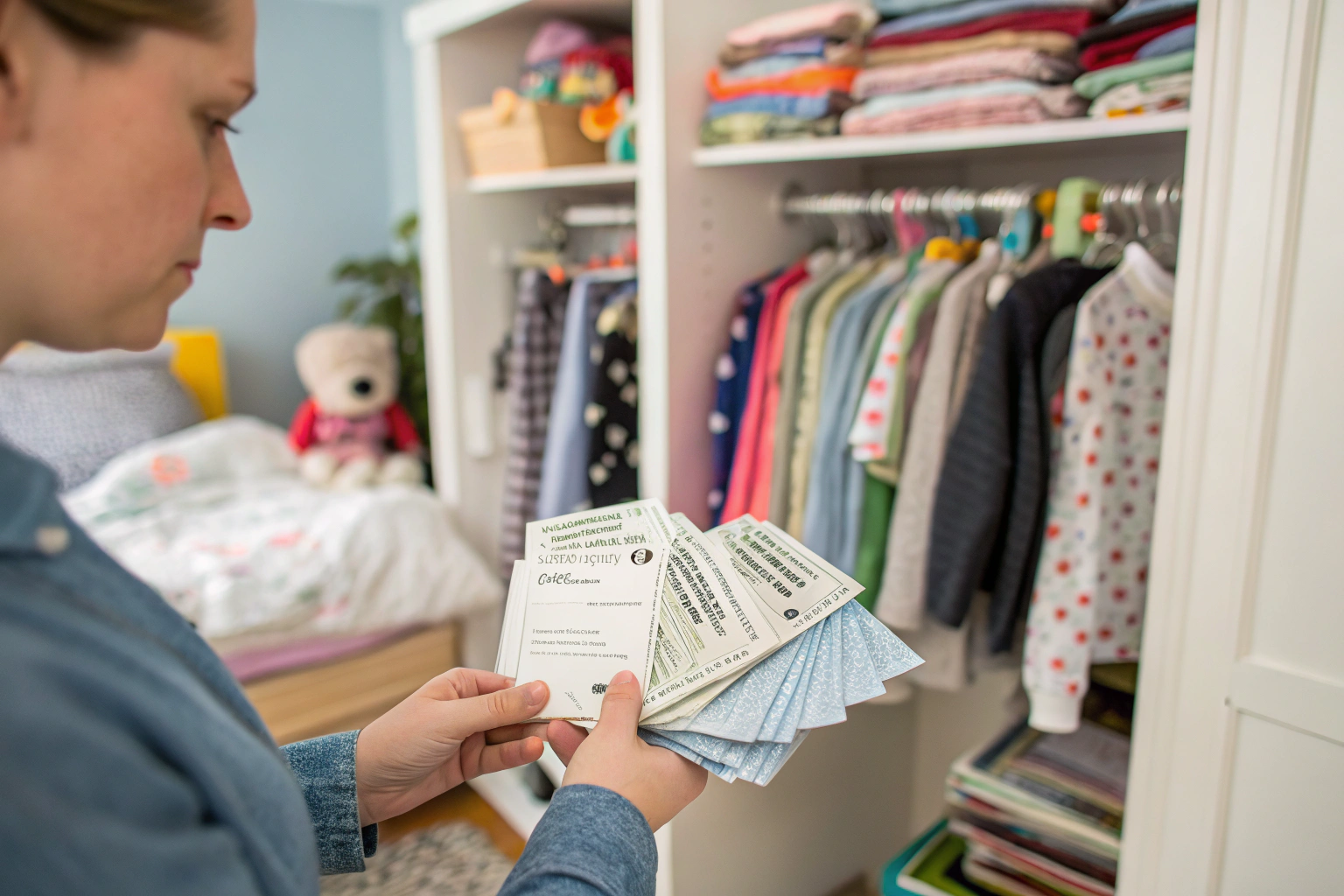Parents often underestimate the financial impact of children’s clothing. What starts as a few cute outfits quickly snowballs into a cycle of constant replacement, especially as kids grow faster than fashion trends change. For clothing brand owners, understanding consumer spending habits on children’s apparel isn’t just informative—it’s critical to pricing, product development, and marketing.
Most American parents spend between $300 to $600 annually per child on clothing, with higher-income families easily exceeding $1,000. Knowing this, we at Fumao Clothing tailor our offerings to meet quality expectations while maintaining cost-effectiveness for resellers.
If you’re sourcing children’s fashion for the U.S. or European market, knowing how much families typically spend on apparel—and why—can give your business a powerful edge.
What’s the Average Annual Budget for Kids’ Clothing?
Clothing costs can vary significantly based on age group, family income, and shopping habits.
American families typically spend $300–$600 per child annually on clothing, with toddlers and babies requiring more frequent changes due to growth and messes.

How Much Do Parents Spend on Infants vs. Teens?
Babies (0–2 years) require more frequent clothing changes, often going through 5+ outfits per day. On average, U.S. parents spend $60–$100 monthly on infant clothing. Meanwhile, older children and teens typically need seasonal updates, branded items, and size upgrades, leading to average monthly expenses of $30–$60.
According to the U.S. Bureau of Labor Statistics, clothing ranks among the top 5 recurring costs for households with children. Additionally, consumer behavior research from Statista shows spending spikes during back-to-school and holiday seasons.
What Factors Drive Clothing Expenses?
Several variables influence how much is spent:
- Growth rate and number of children
- School dress codes
- Climate-based apparel needs
- Branding preferences (e.g., designer vs. fast fashion)
- Online vs. offline shopping behavior
To stay ahead, brands must understand that parents are willing to pay more for durability, functionality, and modern style—especially when purchasing from trusted retailers.
Why Do Parents Prefer Mid-Range Over Luxury Brands?
While luxury brands get attention, they’re rarely practical for fast-growing kids.
Mid-range brands dominate the U.S. kidswear market because they balance price, comfort, and style—key elements most parents prioritize.

What Are the Most Common Mid-Tier Choices?
Retailers like Carter’s, OshKosh B’gosh, The Children’s Place, and H&M Kids thrive because they offer variety, seasonal rotation, and decent quality at accessible price points. Many parents turn to Target or Old Navy to stock up on basics without guilt over rapid wear-out or outgrowth.
Mid-range players understand that the value proposition matters more than the label. This is where wholesalers like Fumao Clothing enter the scene—offering OEM/ODM solutions that emulate big-brand aesthetics at much more scalable price points.
How Can Wholesale Brands Replicate This Value?
To attract buyers like Ron—those who resell with private labeling—you need to offer:
| Key Features | Benefits to Buyers |
|---|---|
| Soft but durable cotton | Reduces returns due to damage |
| Modern but safe styling | Meets parent preferences |
| DDP shipping | Eases border logistics |
| Custom label options | Supports reseller branding |
When Do Clothing Expenses Spike During the Year?
Kidswear demand is not static. It fluctuates with seasons and life events.
Parents spend the most during back-to-school, holidays, and change-of-season transitions—making these windows ideal for inventory pushes and promotions.

What Are the Peak Seasons for Sales?
Sales surge in:
- July–August: Back-to-school (uniforms, jackets, sneakers)
- October–December: Holiday wear and gifts
- March–April: Spring/summer outfits for Easter and vacations
According to NPD Group, seasonal changeovers account for over 50% of children’s clothing sales volume. Smart retailers adjust inventory and marketing cycles to these high-yield windows.
How Should Wholesalers Prepare for Seasonal Demand?
The key is early planning:
- Offer pre-order services 3–4 months in advance
- Batch fabric sourcing and dyeing for core SKUs
- Promote flexible MOQ packages for urgent clients
- Maintain backup logistics partners for DDP emergencies
These steps enable timely delivery—a concern especially for buyers who’ve faced supplier delays or last-minute surprises in the past.
What Role Does Quality Play in Purchase Decisions?
Despite price sensitivity, parents refuse to sacrifice comfort and safety.
Quality assurance is often the final decision driver—buyers and parents alike prioritize durable, certified, skin-safe garments for kids.

Do Certifications Affect Parental Trust?
Absolutely. Parents look for tags like:
- OEKO-TEX®: Confidence in textiles
- GOTS: Organic assurance
- CPSIA: U.S. safety compliance
Suppliers that provide transparent labeling, factory certificates, and compliance documentation win long-term trust. For example, many U.S. retailers rely on Intertek and SGS to verify factory conditions and chemical safety.
How Can We at Fumao Clothing Guarantee Quality?
We run full QC checks before packaging. Each production line follows international safety protocols. Our product testing includes:
| Test Type | Standard Used |
|---|---|
| Colorfastness | ISO 105 |
| Shrinkage | AATCC 135 |
| Stitch Strength | ASTM D1683 |
| Flammability | 16 CFR Part 1610 |
We also offer video inspections and sample verifications to minimize risk for buyers.
Conclusion
Understanding how much parents spend on their child’s clothing reveals more than numbers—it unlocks motivations, shopping behavior, and market opportunities. Most aim for quality without overpaying. That’s why successful sourcing hinges on aligning product value with seasonal timing, certification, and branding potential.
At Fumao Clothing, we help global buyers capitalize on these patterns with our customizable, certified, and cost-effective collections—perfectly suited for U.S. and EU markets.










